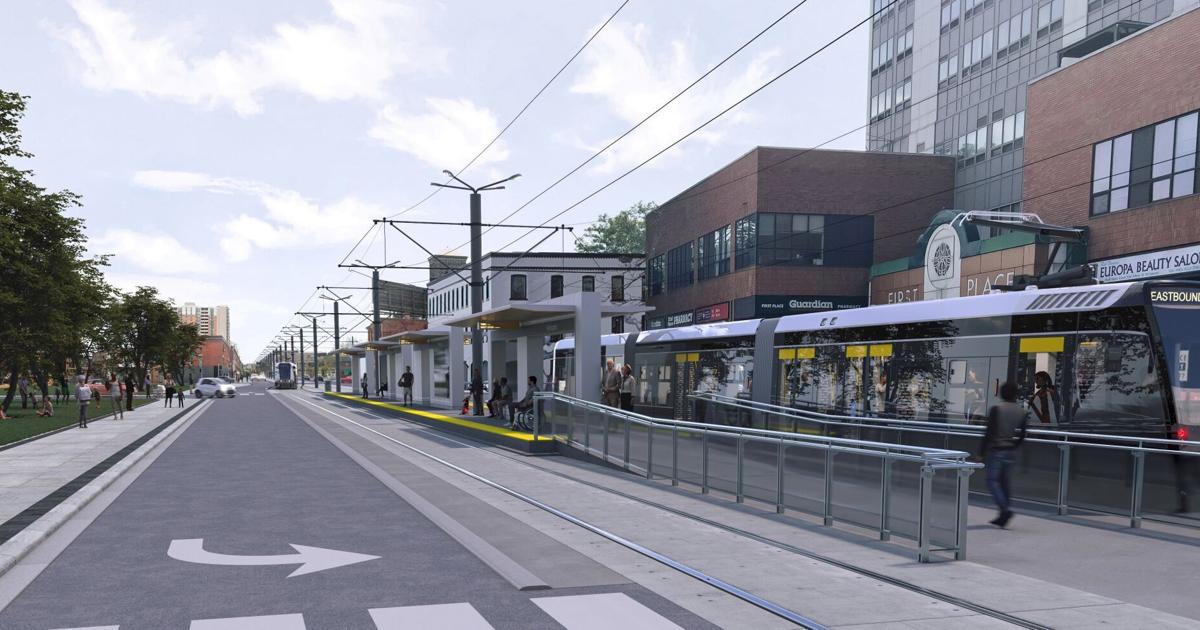To keep things on topic, I'm moving the conversation with
@Chronamut here:
It's a bit reductive to call the LRT a McMaster student shuttle to Eastgate.
1) Who says anyone is going from end to end? I'd guess fewer than 10% of McMaster students will ever go to Eastgate on any mode of transportation.
2) This shows a fundamental misunderstanding many have about transit projects, which is that the terminus need to be something "important". While McMaster is important, Eastgate isn't, and so the LRT is going "nowhere". I'd argue, places are important for a transit context dependent on where people are. Eastgate is one of the busiest transit connections in the city, and so it makes sense for the LRT to extend to there, same as the current B-Line. You could say the Barton St bus doesn't go anywhere either. People don't just use transit do go from end to end and damn the stops in the middle. That's car-oriented thinking.
3) People are using the B-Line and it is at capacity. The LRT is marginally faster end to end, but few will notice a significant speed increase outside of rush hour when LRT will be able to bypass traffic congestion. The LRT is a higher capacity transit system. Much like a highway being widened when it's at capacity (one can argue the merits of whether this accomplishes anything) and transit system doesn't just get more buses, it fully changes it's approach. Small bus, becomes big bus, becomes greater frequency, becomes at capacity, becomes LRT, becomes higher frequency LRT, becomes metro system, becomes heavy rail.

